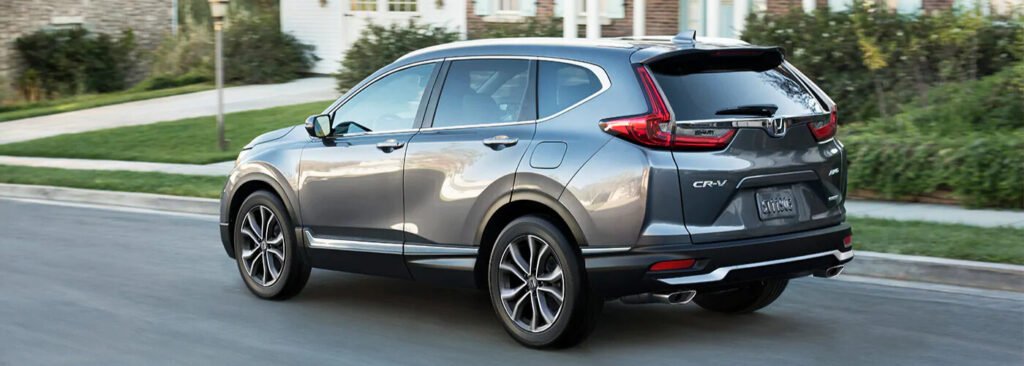Hybrid Cars: Driving Toward a Greener Future
In the age of climate change and growing environmental awareness, hybrid cars have emerged as a significant solution in the quest for cleaner and more efficient transportation. Combining traditional internal combustion engines (ICE) with electric propulsion systems, hybrid vehicles offer a middle ground between gasoline-powered cars and fully electric vehicles (EVs). As technology continues to evolve, hybrid cars are playing a pivotal role in reducing emissions, improving fuel economy, and reshaping the automotive industry.Hybrid Car
Understanding Hybrid Technology
A hybrid car typically uses two power sources: a gasoline engine and one or more electric motors powered by a battery. There are several types of hybrid systems, each with different configurations and benefits:
-
Full Hybrids (HEVs) – These vehicles can run on just the gasoline engine, the electric motor, or a combination of both. Toyota’s Prius is a well-known example. In these cars, the electric motor assists the engine during acceleration and powers the vehicle at low speeds.
-
Mild Hybrids (MHEVs) – These use an electric motor to assist the engine but can’t run solely on electricity. They improve fuel economy and reduce strain on the engine during heavy load situations.
-
Plug-in Hybrids (PHEVs) – These vehicles can be charged from an external power source and typically have larger batteries, allowing them to drive longer distances using electric power alone. When the battery depletes, the gasoline engine kicks in.
-
Series and Parallel Hybrids – Series hybrids use the gasoline engine solely to generate electricity, while the wheels are powered by the electric motor. In parallel hybrids, both the engine and motor can power the wheels directly.
Each system has its unique advantages, catering to various driving habits and needs.Hybrid Car
Benefits of Hybrid Vehicles
1. Improved Fuel Efficiency
One of the main reasons consumers choose hybrid cars is better fuel economy. By supplementing gasoline engines with electric power, hybrids consume less fuel, especially in stop-and-go city driving. Regenerative braking – where the electric motor captures energy during braking and stores it in the battery – further enhances efficiency.Hybrid Car
2. Reduced Emissions
Hybrids emit fewer pollutants compared to traditional vehicles. Full and plug-in hybrids can operate in electric-only mode for short trips, producing zero tailpipe emissions during those times. This reduction in greenhouse gases and other harmful pollutants contributes significantly to improving air quality.Hybrid Car
3. Lower Operating Costs
Though hybrid cars might have a higher upfront cost, owners often save money in the long run. Lower fuel consumption, fewer oil changes, and less wear on the braking system due to regenerative braking translate into reduced maintenance costs.Hybrid Car
4. Government Incentives
Many countries offer tax credits, rebates, and other incentives for hybrid vehicle buyers. These financial benefits can help offset the initial purchase price and encourage more people to adopt green technology.Hybrid Car
5. Quiet and Smooth Operation
Thanks to electric motors, hybrids typically operate more quietly than conventional vehicles, especially at low speeds. This not only enhances driving comfort but also reduces noise pollution in urban areas.
Challenges and Criticisms
Despite their many advantages, hybrid vehicles are not without drawbacks:
1. Higher Initial Cost
Hybrid vehicles often come with a premium price due to the complexity of dual powertrains and battery technology. Though this cost is gradually decreasing and can be offset by fuel savings and incentives, it remains a barrier for some consumers.
2. Battery Concerns
The lithium-ion or nickel-metal hydride batteries used in hybrids are expensive to replace and can degrade over time. While most manufacturers offer warranties lasting 8–10 years, eventual replacement can be costly if done out-of-pocket.
3. Environmental Impact of Batteries
Though hybrids reduce tailpipe emissions, the mining and manufacturing of batteries have their own environmental impact. Extracting lithium, cobalt, and other rare materials contributes to environmental degradation and raises ethical concerns about labor practices.
4. Limited Electric-Only Range
Except for PHEVs, most hybrids have limited ability to run on electricity alone. This means they still rely on gasoline for longer trips or high-speed driving, which limits their effectiveness in completely eliminating fossil fuel use.
Environmental Impact
Hybrid cars represent a substantial improvement over conventional gasoline-powered vehicles in terms of reducing greenhouse gas emissions and fuel consumption. According to the U.S. Department of Energy, hybrid vehicles can reduce fuel use by 20–35% compared to traditional cars.
Moreover, when charged from renewable energy sources, plug-in hybrids can drastically reduce carbon footprints. However, if electricity is generated from fossil fuels, the environmental benefit is somewhat diminished. Nonetheless, as electrical grids become greener, the advantages of hybrid and electric vehicles continue to grow.
Battery recycling and repurposing technologies are also advancing. Companies are investing in second-life applications for hybrid batteries, such as stationary energy storage systems, which reduce environmental impact and extend battery utility.
Sana Mir Makes History with ICC Hall of Fame Entry – Maryam Nawaz Calls It a Proud Moment
Read this Article Also
The Role of Hybrid Cars in the Automotive Transition
Hybrid cars serve as an essential bridge between conventional and fully electric vehicles. For consumers hesitant to adopt all-electric cars due to range anxiety, charging infrastructure limitations, or cost, hybrids offer a practical and less disruptive transition.
Car manufacturers across the globe have recognized this trend. Toyota, Honda, Ford, Hyundai, and others have expanded their hybrid lineups significantly in the past decade. Even luxury brands like Lexus, BMW, and Mercedes-Benz are offering hybrid variants of their popular models.
Governments are also supporting hybrid development as part of broader climate strategies. In regions where EV charging infrastructure is still developing, hybrids allow immediate reductions in emissions without requiring major changes in infrastructure or consumer behavior.
Future Outlook
The future of hybrid vehicles is intertwined with the broader electrification of transportation. As battery costs continue to fall and infrastructure for electric vehicles improves, full EVs may eventually overtake hybrids. However, in the short-to-medium term, hybrids will remain a crucial part of global strategies to reduce vehicular emissions.
Innovations in battery technology, such as solid-state batteries, promise lighter, safer, and more efficient energy storage, which could significantly benefit both hybrids and EVs. Meanwhile, manufacturers are also exploring alternative fuels, such as hydrogen, to further diversify clean mobility options.
Conclusion
Hybrid cars are a vital component in the global effort to create a more sustainable transportation system. They offer tangible benefits in fuel economy, emissions reduction, and operational savings, making them an attractive option for environmentally conscious drivers. While not a perfect solution, they represent a meaningful step forward in the transition away from fossil fuels.
As technology continues to evolve, and as consumers and policymakers push for greener solutions, hybrid vehicles are likely to remain a key part of the automotive landscape for years to come.




